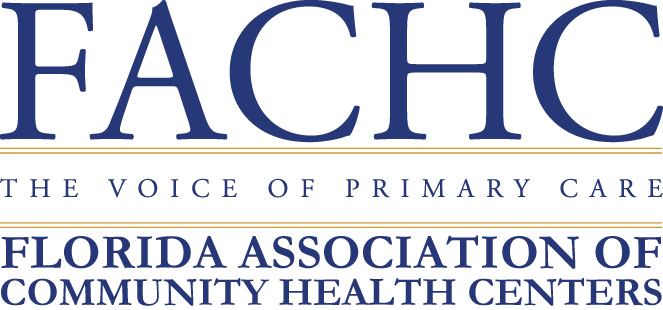Organizational financial statements are a virtual minefield for potential errors, each figure a possible stumbling block. Sometimes, knowing what not to do is as helpful, or more helpful, than knowing what to do.
Cathy Clarke, chief assurance officer for CliftonLarsonAllen, LLP, and Tom Groskopf, director at Barnes, Dennig & Co., took such an approach during their session, “Financial Statement Reporting Errors” at the American Institute of Certified Public Accounts (AICPA) Not-for-Profit Industry Conference 2017 in National Harbor, Md.
Clarke and Groskopf reviewed common mistakes made in nonprofit financial statements. Topics discussed included:
- Revenue recognition. Mixing up contributions and exchange transactions is a common driver of such errors. An unconditional transfer of cash or assets or cancellation of liabilities is voluntary and nonreciprocal, any value returning to the resource provider being incidental. Exchanges are reciprocal with each party receiving approximately equal value. Conditional gifts, gift restrictions, and promises to give as compared to intentions to give are other potential stumbling blocks;
- Net asset classification. Common causes of errors include errors in endowment calculations, debit balances in temporarily or permanently restricted net assets, recording board-designated net assets as restricted, and improperly presenting expense as temporarily or permanently restricted assets;
- Financial statement presentation. Including cash and cash equivalents that are board-designated or donor-restricted and thus not available for current use is a common mistake. Examples of such inclusions are short-term cash and investments held in a board-designated endowment fund or cash that is part of a permanently restricted endowment fund. Other errors include failure to capitalize certain costs of internal-use software. Research and development costs should be expensed, for example, while application of development stage costs should be capitalized;
- Disclosure errors. Failure to disclose information about contributed services is a common mistake here. Nonprofit financial managers should detail the nature and extent of contributed services, state a description of the programs and activities for which the services were used, and provide the fair value of contributed services not recognized. Other errors include not adequately describing organizational activities in each major class of programming and failure to include required joint cost disclosures; and,
- Miscellaneous. Even when being sure to cross all T’s and dot all I’s, errors can pop up. Collaboration between auditor and preparer is key to avoiding such mistakes. Auditors should anticipate likely errors and discuss and address significant new gifts and transfers prior to fieldwork. Preparers should work closely with the organization’s development department and proactively seek out and track significant gifts and transactions.









